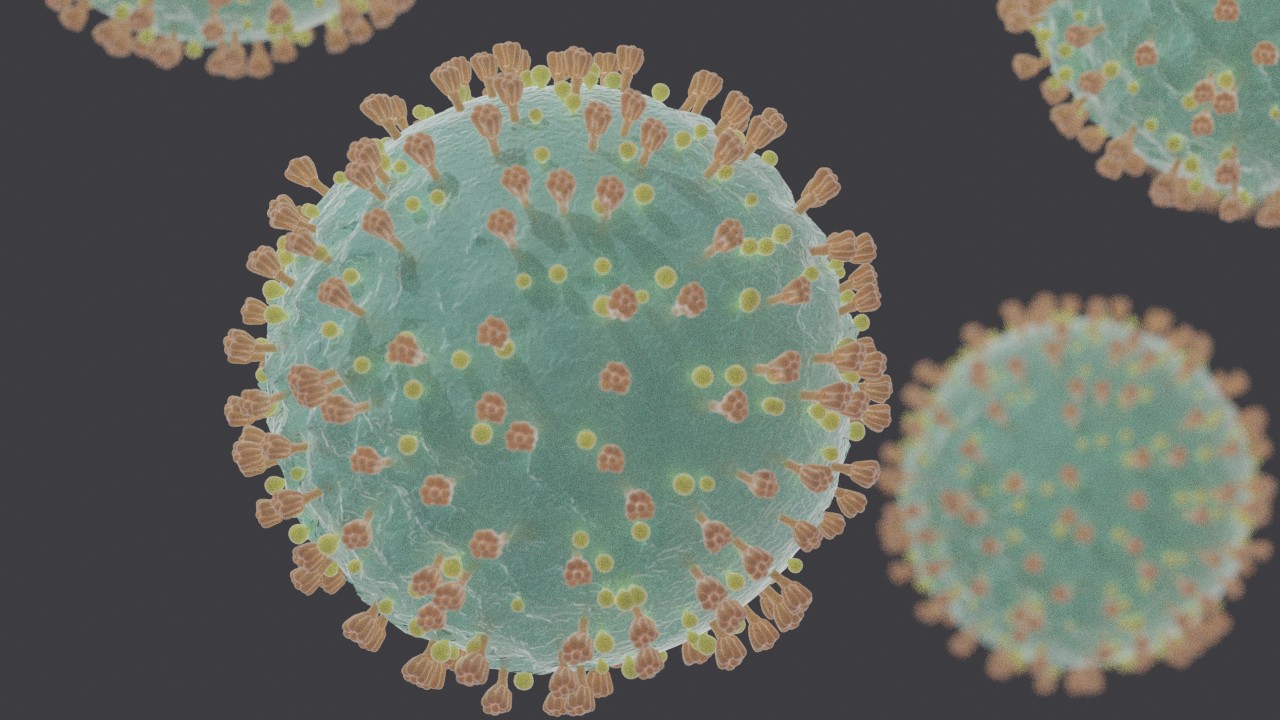Although the first case of COVID-19 in the U.S. was confirmed on Jan. 21, 2020, it wasn’t until March when the novel coronavirus upended life for most Americans. Throughout the year, states issued stay-at-home orders, closed schools, restricted travel, issued mask mandates, and changed election dates.
Here are the policy changes that happened Aug. 17-21, 2020. To read more of our past coverage of the coronavirus pandemic, click here.
Monday, Aug. 17, 2020
Stay-at home orders and reopening plans:
- Oregon Gov. Kate Brown (D) issued an order to move Malheur County in eastern Oregon from Phase 2 to Phase 1. Malheur County was the third county Brown returned to a previous phase of reopening because of a rise in coronavirus cases.
School closures and reopenings:
- Arizona school districts were allowed to reopen to in-person instruction if they met state Department of Health metrics released the week of Aug. 3. A district could reopen if its county experienced a two-week drop in the number of COVID-19 cases and a two-week period where the percent of positive cases was below 7%. Additionally, a district could not reopen if more than 10% of hospital visits were COVID-19 related.
Eviction and foreclosure policies:
- Kansas Gov. Laura Kelly (D) issued an order prohibiting evictions and foreclosures for non-payment of rent due to COVID-19 related financial hardship. The order was set to last through Sept. 15.
Tuesday, Aug. 18, 2020
Travel restrictions:
- Hawaii Gov. David Ige (D) extended restrictions requiring travelers to self-quarantine for 14 days through Oct. 1. The restrictions had previously been scheduled to expire on Sept. 1.
Wednesday, Aug. 19, 2020
Stay-at-home orders and reopening plans:
- West Virginia Gov. Jim Justice (R) announced that bars in Monongalia County could reopen on Aug. 31. Justice closed bars in that county on July 13 because of rising coronavirus cases. Justice said bars that reopen could not allow live entertainment or dancing.
Election changes:
- Nebraska Secretary of State Bob Evnen (R) announced that his office would automatically send early/mail-in ballot applications to all registered voters in the Nov. 3 general election whose home counties had not already done so.
Federal government responses:
- The Department of Labor and the Food and Drug Administration released a checklist designed for food manufacturers to decide when to safely resume operations.
Pandemic unemployment programs:
- Oklahoma Gov. Kevin Stitt (R) announced that the Federal Emergency Management Agency approved the state’s application to participate in the Lost Wages Assistance program. The program provided states with up to $300 in additional unemployment benefits to recipients.
School closures and reopenings:
- The Pennsylvania Department of Education announced that the statewide mask requirement for everyone over the age of two applied to all public and private schools. Students were allowed to remove their face coverings when they were eating and drinking.
Thursday, Aug. 20, 2020
Stay-at-home orders and reopening plans:
- Ohio Gov. Mike DeWine (R) announced that all assisted living facilities in the state would be required to participate in a coronavirus testing initiative.
Election changes:
- New York Governor Andrew Cuomo (D) signed into law legislation extending absentee voting eligibility in the Nov. 2 general election to any voter who is “unable to appear personally at the polling place of the election district in which they are a qualified voter because there is a risk of contracting or spreading a disease causing illness to the voter or to other members of the public.”
School closures and reopenings:
- Michigan Gov. Gretchen Whitmer (D) signed a package of three bills guiding how schools would reopen for the school year. The bills said that although school districts weren’t required to offer in-person education, school boards were required to review their district’s instructional plans each month. Schools that concluded it was safe to reopen to in-person instruction were required to prioritize that option for K-5 students. The legislation also weighted per-pupil funding based on 75% of last year’s enrollment and 25% of the current enrollment.
Eviction and foreclosure policies:
- New York Gov. Cuomo extended the statewide moratorium on commercial evictions and foreclosures through Sept. 20.
- Connecticut Gov. Ned Lamont (D) extended the statewide moratorium on evictions through Oct. 1.
- Hawaii Gov. Ige extended the eviction moratorium through Sept. 30.
State court changes:
- The Vermont Supreme Court extended the judicial emergency through Jan. 1, 2021. The court declared the judicial emergency in March. The emergency prohibited jury trials and required most proceedings to happen remotely.
Friday, Aug. 21, 2020
Stay-at-home orders and reopening plans:
- The Michigan Court of Appeals ruled 2-1 that Gov. Whitmer was within her authority when she extended the state of emergency related to the coronavirus pandemic without the legislature’s approval. In their lawsuit, Republican lawmakers alleged Whitmer’s state of emergency order was unconstitutional.
Federal government responses:
- The Centers for Disease Control and Prevention removed a recommendation that travelers quarantine for 14 days after returning from overseas or areas with high rates of COVID-19 spread.
- The Department of Defense announced agreements made under the 1950 Defense Production Act with four companies. The agreements totaled $17.4 million, and covered molecular diagnostic testing, satellite communications, laser electronics, and aircraft engine repair.
Eviction and foreclosure policies:
- Illinois Gov. J.B. Pritzker (D) extended the statewide moratorium on evictions through Sept. 19.
For the most recent coronavirus news, including the latest on vaccines and mask mandates, subscribe to our daily newsletter, Documenting America’s Path to Recovery.


